At first, there was nothing on the screen, just the hum of a distant, crowded room. Then Hillary Clinton appeared, peering out of a television into Liz and Tom Nash’s bedroom on the Upper East Side of Manhattan.
The former Secretary of State looked into the camera and gazed directly, it seemed, at the sixteen everyday Americans gathered in the Nashes’ apartment. “I wish I could be everywhere,” Clinton said, “but I’m very happy to be right here.”
This was the latest technological trick from the Democratic candidate’s campaign: a live videostream that beamed Clinton out of corn country in Iowa and into an elegant bedroom with ninth-floor views of Manhattan rooftops.
As part of Clinton’s broader push to build a far-reaching 50-state grassroots campaign, she rallied supporters on Saturday evening via videostream in more than 650 house parties in all 435 congressional districts stretching across the country.
The Upper East Side party had gathered in the Nashes’ in a prewar apartment one block from Central Park. Still-life paintings of pears and flowers and photos of the family skiing dotted the rooms. Biographies of Franklin D. Roosevelt and Lyndon Johnson and two copies of Robert Caro’s The Power Broker sat on the bookcases, and a framed print of the American painting by Ammi Phillips of a girl in a red dress holding a cat hung on the dining room wall.
During the call, Clinton rallied her supporters in Manhattan and elsewhere to get organized. “I want to ask each and every one of you at all the house parties that are taking place all over our country: please get involved in this campaign,” she said from a living room in Sioux City. “Please go to hillaryclinton.com, sign up to be a volunteer, to knock on doors and to talk to your friends. We have a lot for people to do.”
The guests applauded when the broadcast ended after about 10 minutes, and then they headed for the dining room, where guacamole and tortilla chips, San Pellegrino and white wine lay on the table beside three white “Clinton 2016” paper napkins. The group munched and praised the campaign launch on Roosevelt Island that day, where framed by the Manhattan skyline, Clinton had rolled out a lengthy wish list of Democratic proposals before promptly flying to Iowa.
MORE: Hillary Clinton Launches Her Campaign as Economic Populist
“It wasn’t just a good speech. It was from the heart and articulate and hard-hitting,” said Gale Brewer, Manhattan’s borough president, former New York City councilwoman and friend of the hosts. “I think it was a real turning point.”
“She’s had a busy day,” Peter Slusser, an older man in a blazer and sneakers said, stretching his legs.
“We feel so launched,” launch-day host and Clinton volunteer Liz Nash said, summing up the mood. “The beginning of the rest of my life is looking really good based on this morning’s performance. And yes, I have had one glass of wine, but I love the woman, I really do.”
Decoding Hillary Clinton's Campaign Photo Ops
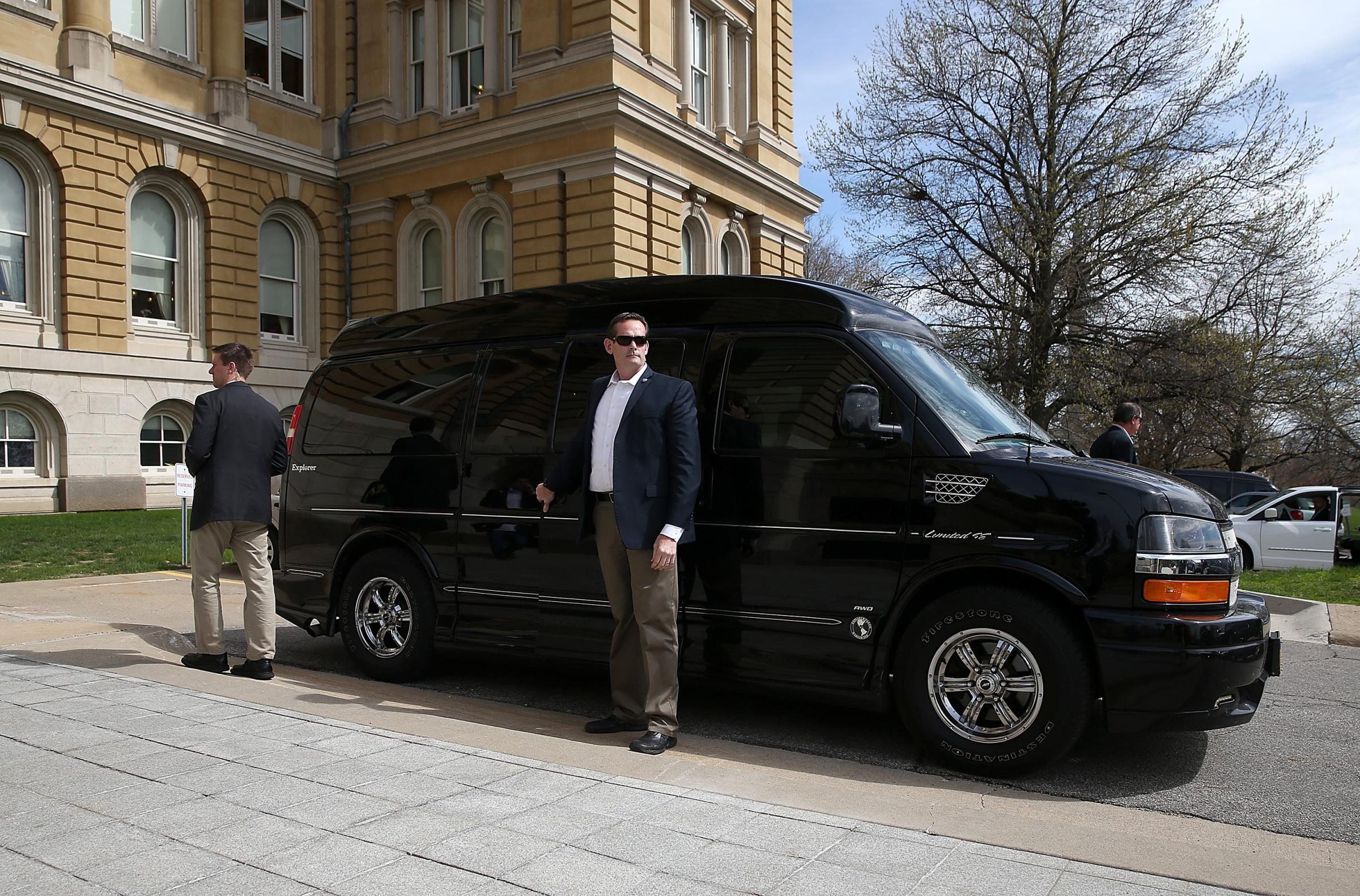

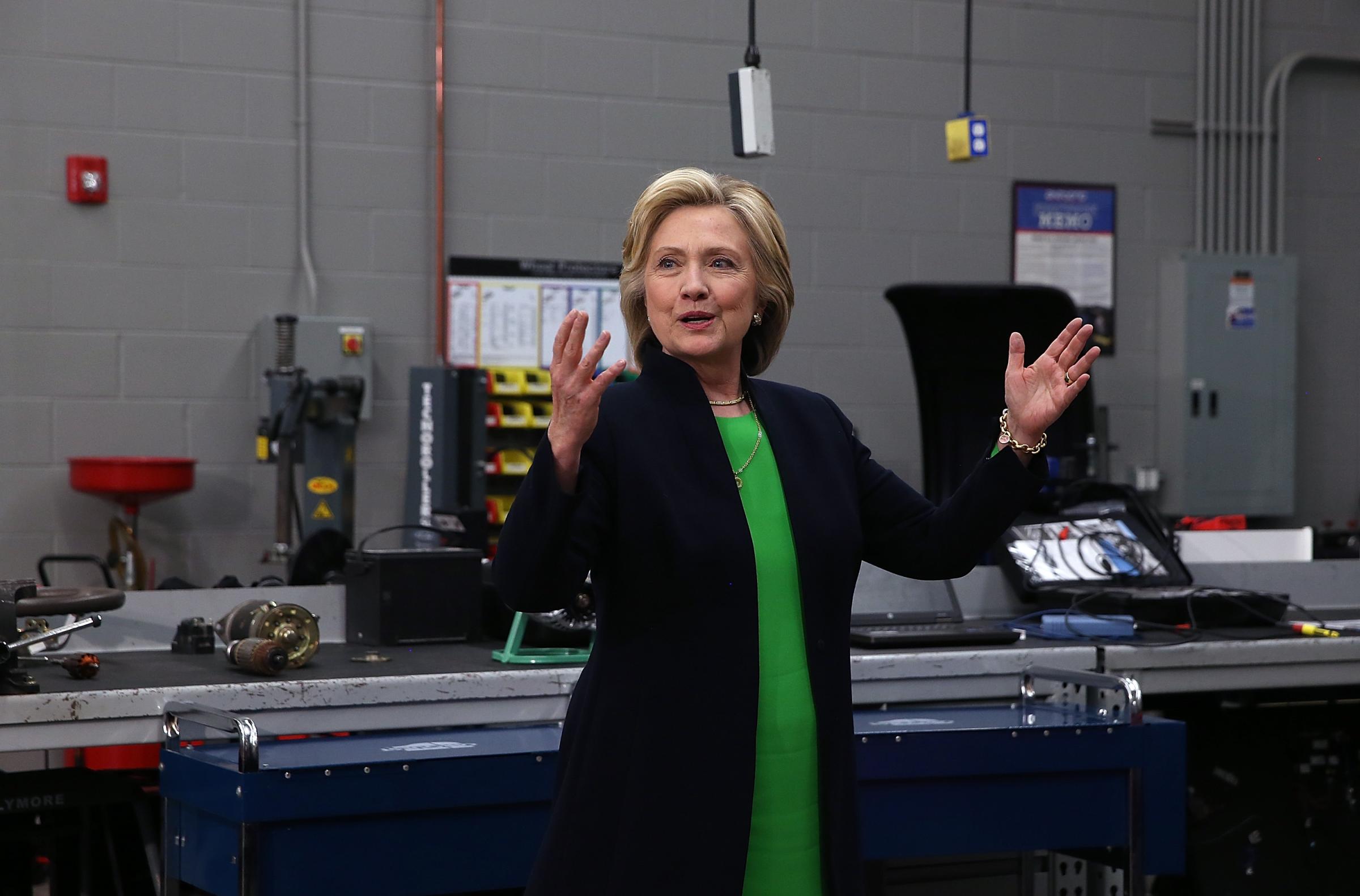
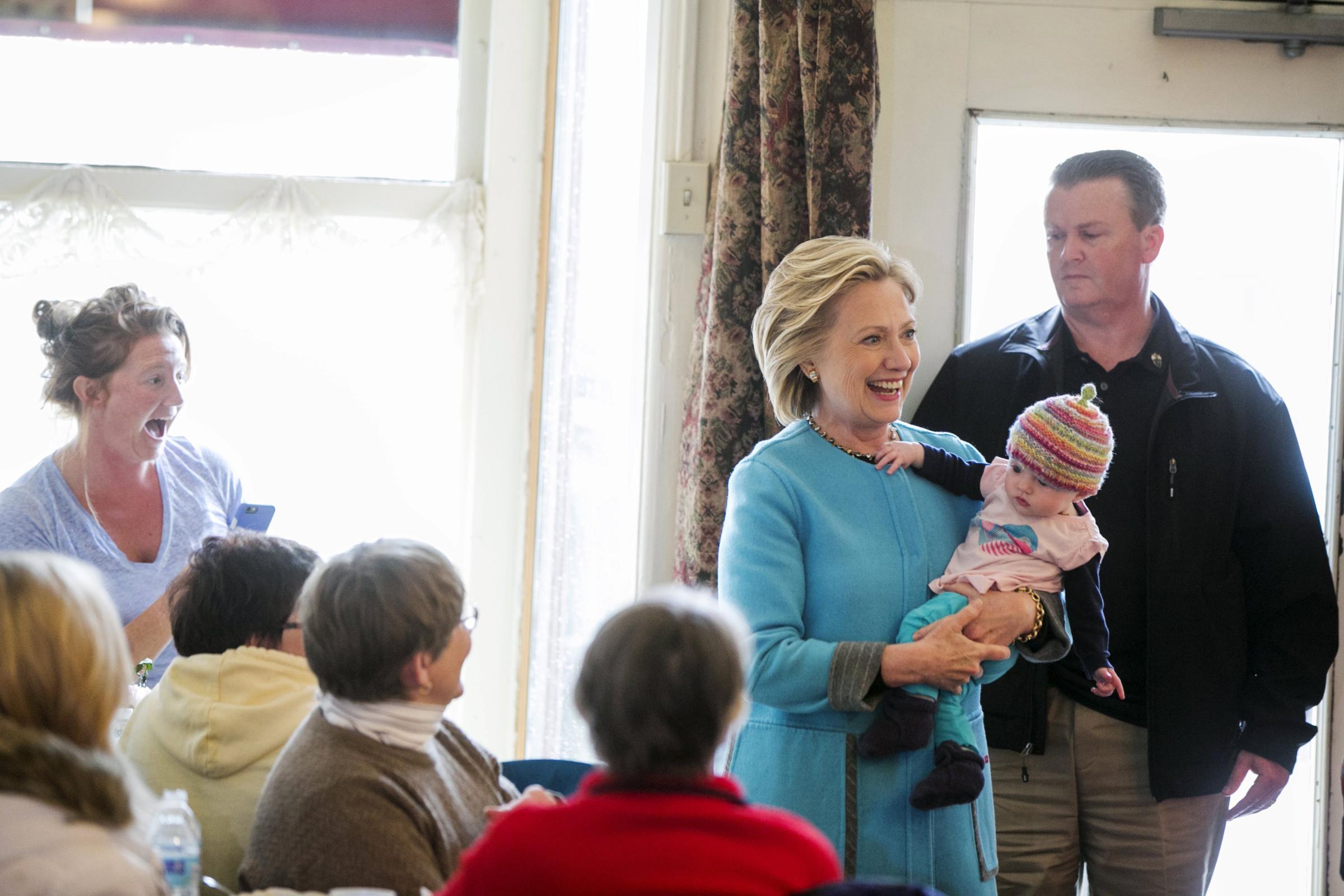
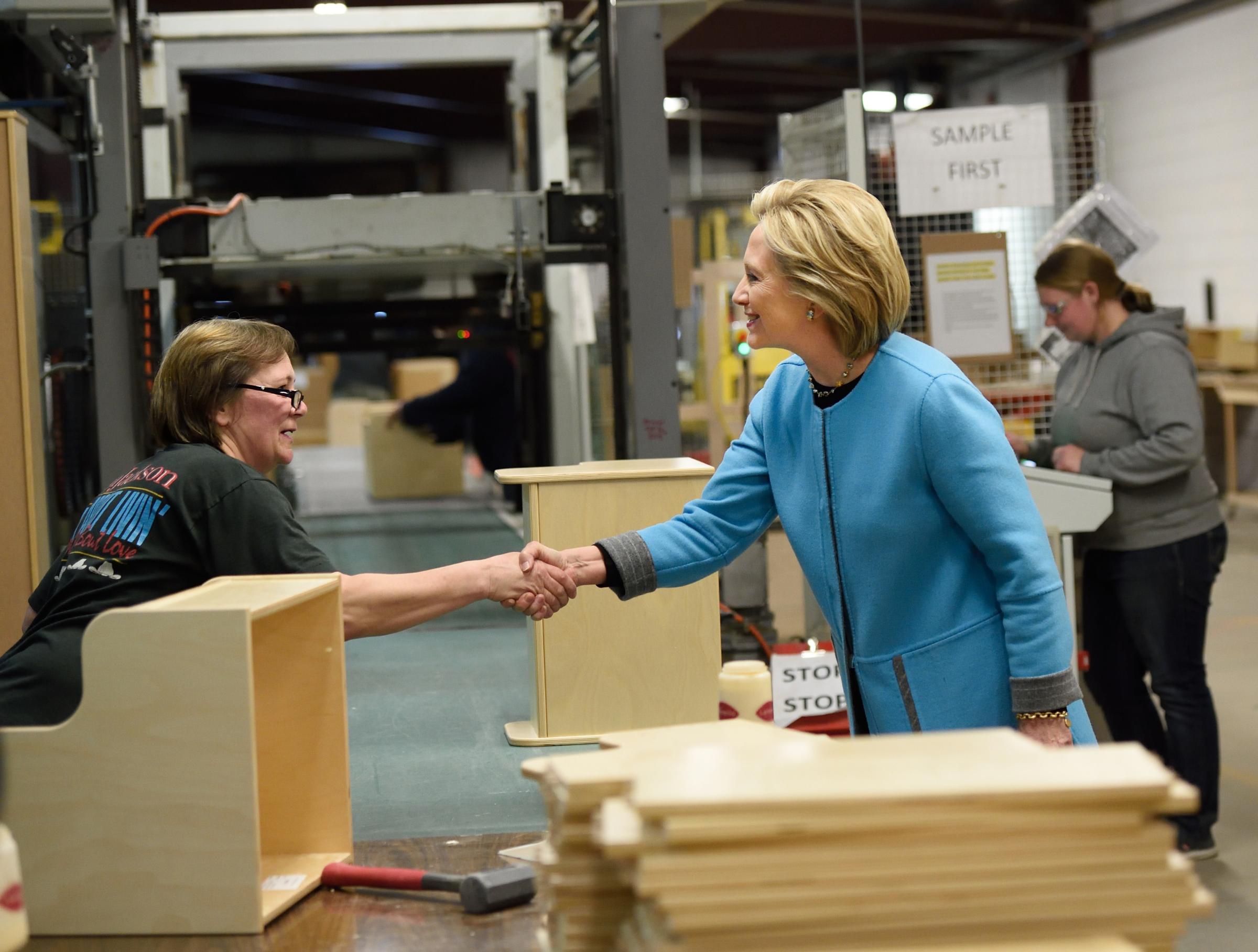

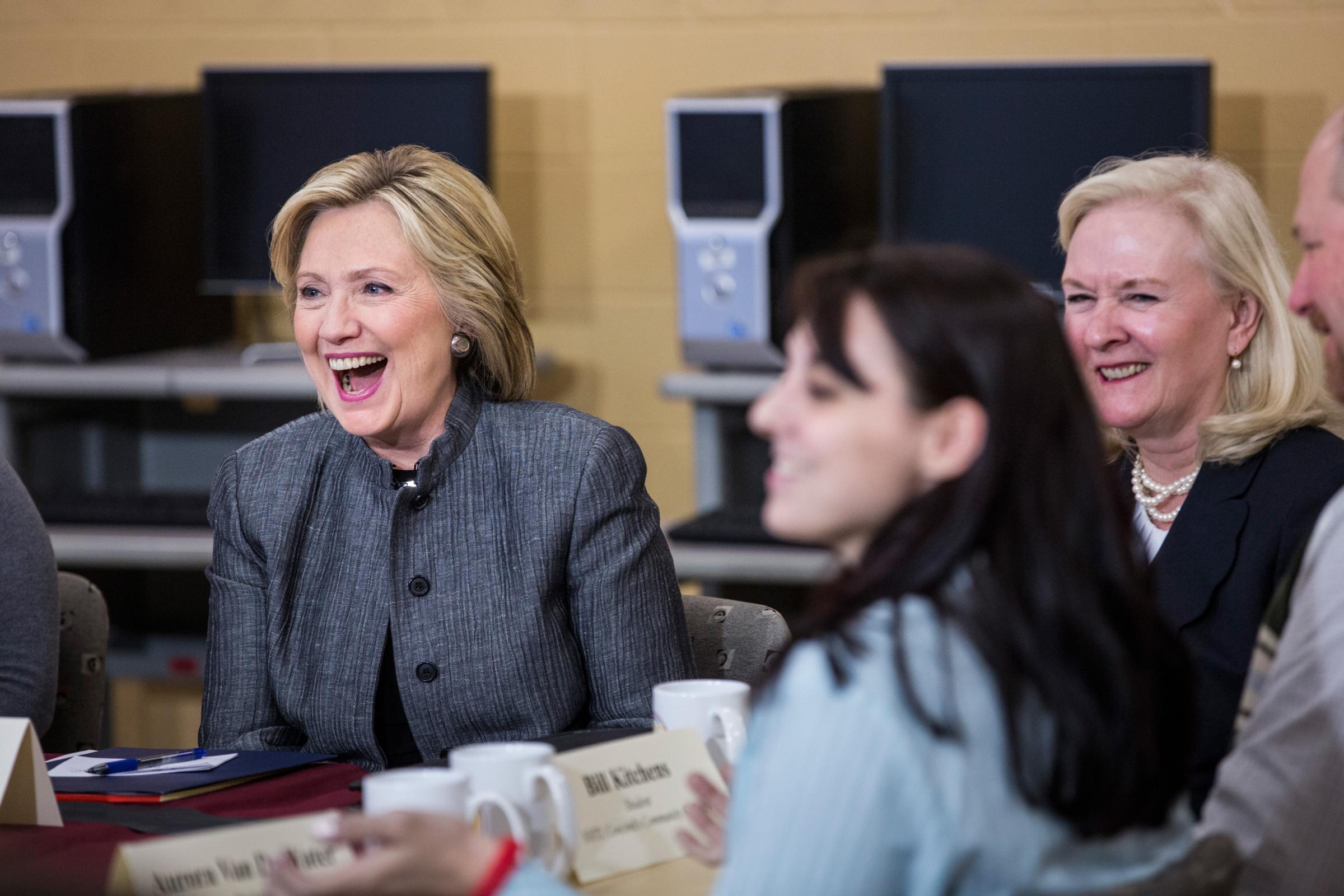


Nash’s party was one of many incubators for Clinton’s new campaign, which plans to build on events like this one to mobilize supporters. The 435-congressional-district simulcast was partly a marketing stunt showing the Clinton juggernaut is ubiquitous and raring to go. But Clinton’s staff also believes that parties like the Nashes’ will eventually convert all those flakey spinach pockets and glasses of white wine into votes and campaign dollars.
“It’s events like this, and the more-than-650 others we held around the country that night, that are really the building blocks and the lifeblood of this campaign,” Marlon Marshall, the Clinton campaign’s director of state campaigns and political engagement told TIME. “You don’t build something that big in one fell swoop—you build it state by state, community by community, house party by house party.”
Clinton already has staff in all 50 states, as well in Puerto Rico, the District of Columbia, and the territories. In the early primary states, Clinton has nearly 12,000 committed volunteers and 15 offices as part of what will amount to a $100-million primary effort, according to a campaign tally from last week.
There’s little immediate value to paying a Clinton staff member for territories like Guam, which has no votes in the Electoral College and a population little bigger than Fargo, North Dakota. But then-Sen. Obama defeated Clinton in the 2008 Guam primary against Hillary Clinton by a margin of just seven votes, and Guam may actually someday be up for grabs. “We take nothing for granted,” campaign manager Robby Mook likes to say.
Many people at the Nashes’ apartment on Saturday had helped out on political campaigns before.
MORE: Hillary Clinton Launches a More Personal Campaign
Gerrie Nussdorf, a retired psychologist from the West Village who wore a baseball cap and T-shirt from the 2008 campaign bearing Clinton’s name, recalled how she had volunteered for in seven states for the candidate eight years ago. She began listing them: “New York, Pennsylvania, Texas, Montana—that’s the only one where we lost the primary—”
“You had a good record,” Brewer, the Manhattan borough president interjected.
Brewer has endorsed Clinton already, as have other New York politicians like congresswoman Carolyn Maloney and city public advocate Letitia James. But Bill de Blasio, the city’s progressive mayor who ran her first Senate campaign, has notably not yet backed Clinton.
“I don’t think that matters,” said Brewer of the mayor, sitting in the Nashes’ warmly lit living room. “I don’t know what he’s waiting for. Some comment on inequality, maybe.”
Few left the party with firm commitments to organize for Clinton. But they had some rough ideas. Caroline Converse, an Upper East Side resident, canvassed for President Obama in 2012 and plans to pitch in this year, too. Haleigh Collins, a 20-year-old junior at Bowdoin College who saw Clinton speak in Portland, Maine, says she’ll sit in the student union and sign up voters. Liz Nash said she’ll continue volunteering regularly at the Brooklyn campaign headquarters, where she recently met Clinton.
The sheer size of Clinton’s campaign infrastructure leaves little room for other candidates to take on talent and even enthusiastic volunteers. Even with Bernie Sanders hiring staff in Iowa and New Hampshire as he gains in the polls, it’s all aboard the Clinton campaign train for most.
And Clinton seems happy to include the willing, no matter where they live. “Obviously, Iowa is particularly important because it is the first state, but I think the entire country is important too,” Clinton had said earlier, live from the Hawkeye State. “I don’t want anybody to feel left out.”
See an Intimate Portrait of Hillary Clinton

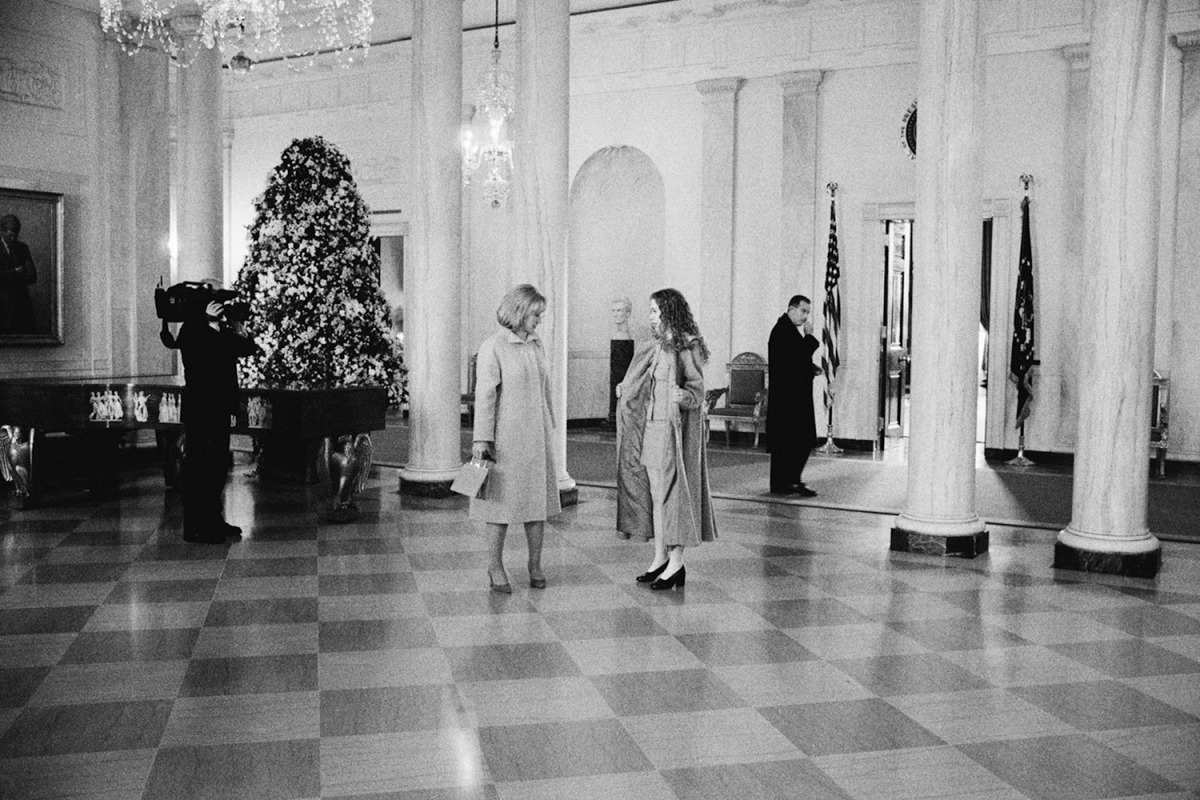
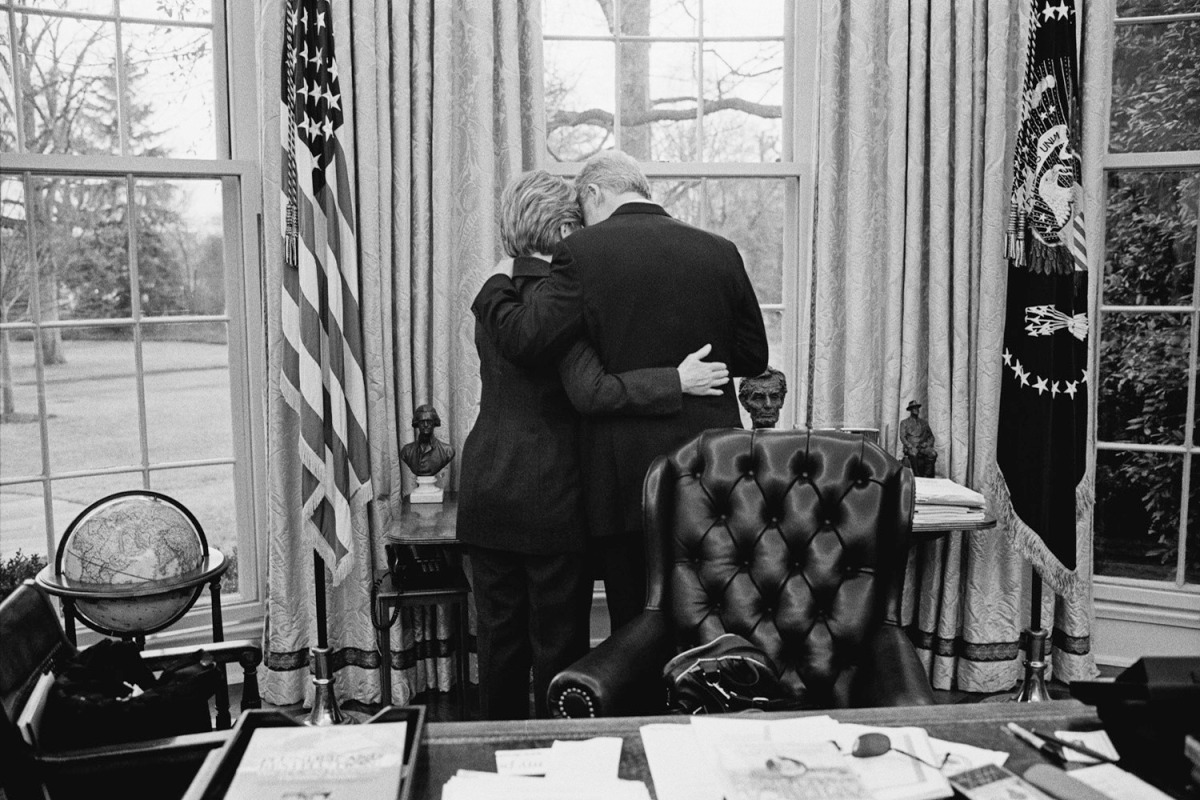

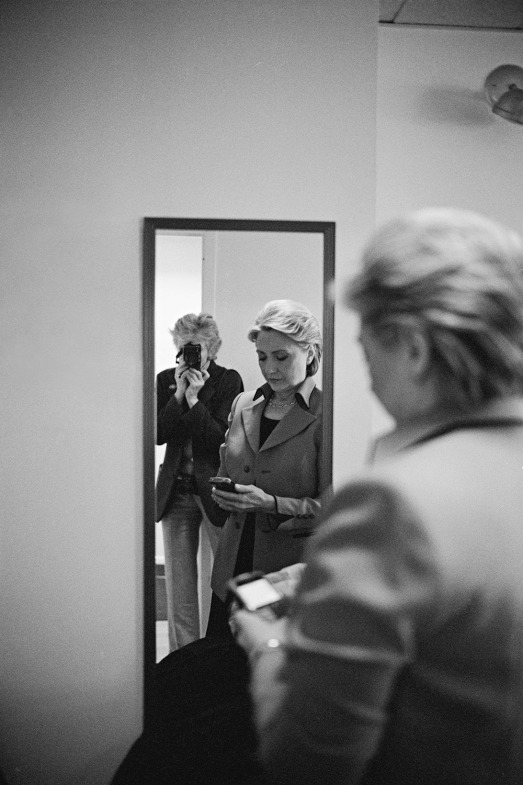

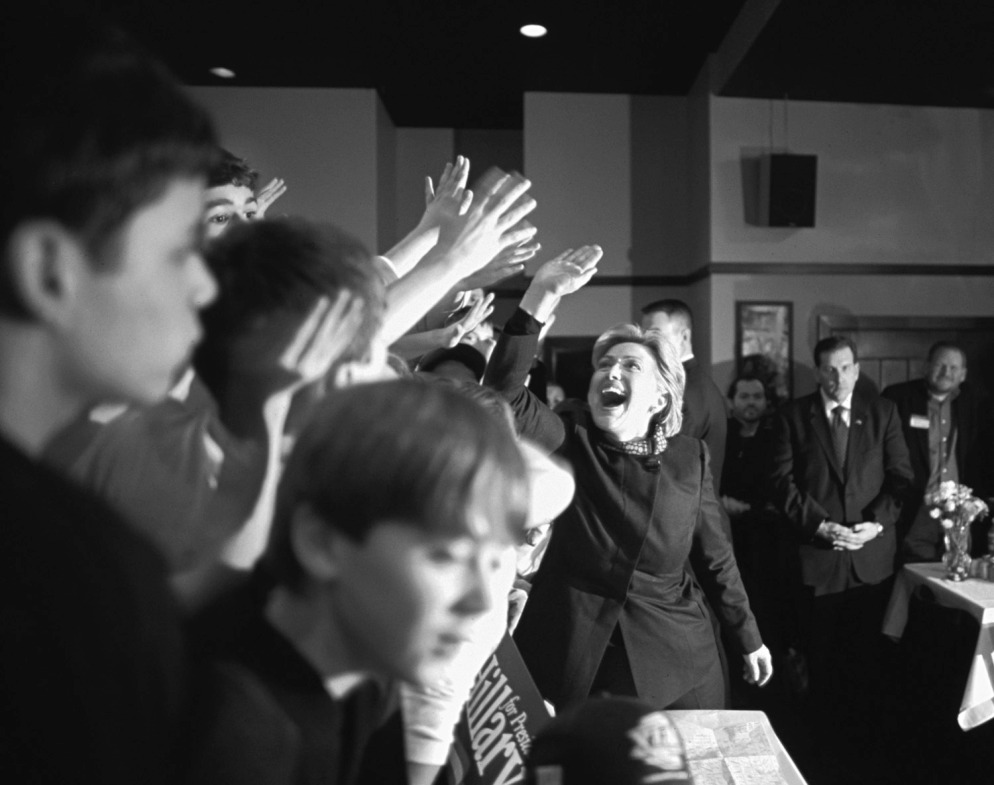
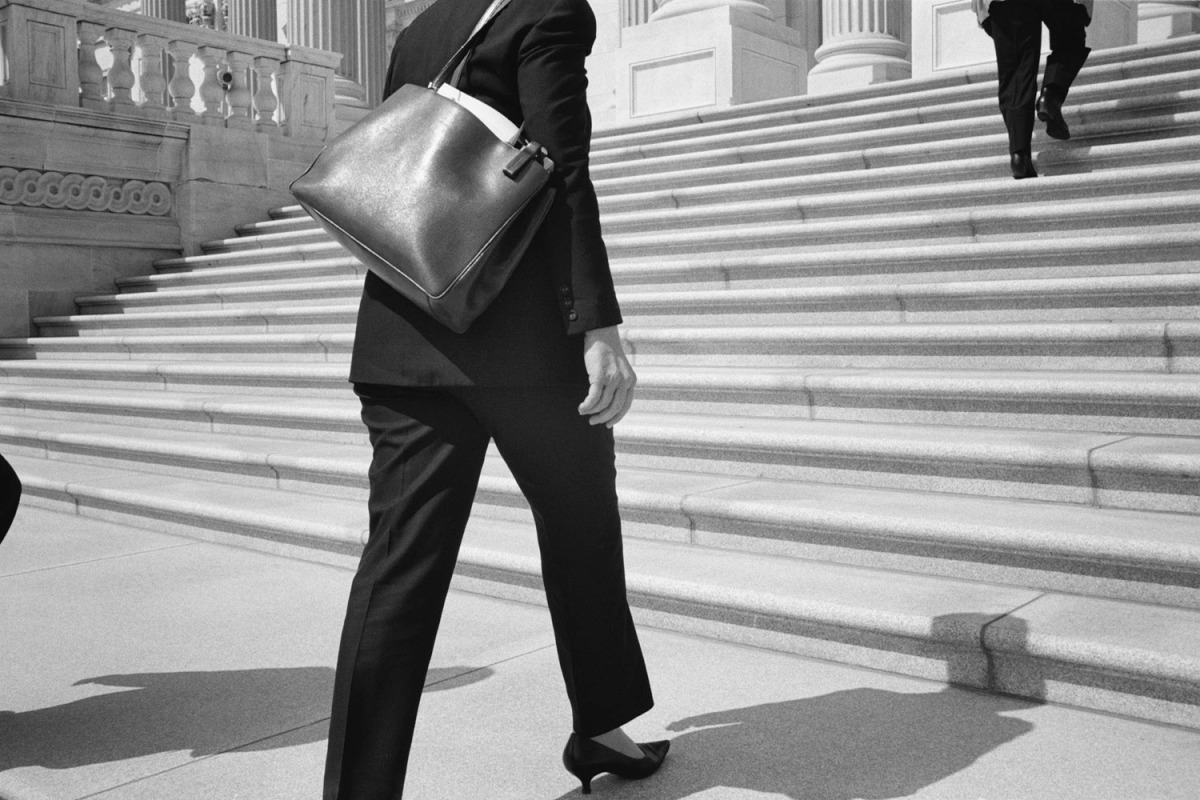

More Must-Reads from TIME
- Donald Trump Is TIME's 2024 Person of the Year
- Why We Chose Trump as Person of the Year
- Is Intermittent Fasting Good or Bad for You?
- The 100 Must-Read Books of 2024
- The 20 Best Christmas TV Episodes
- Column: If Optimism Feels Ridiculous Now, Try Hope
- The Future of Climate Action Is Trade Policy
- Merle Bombardieri Is Helping People Make the Baby Decision
Contact us at letters@time.com